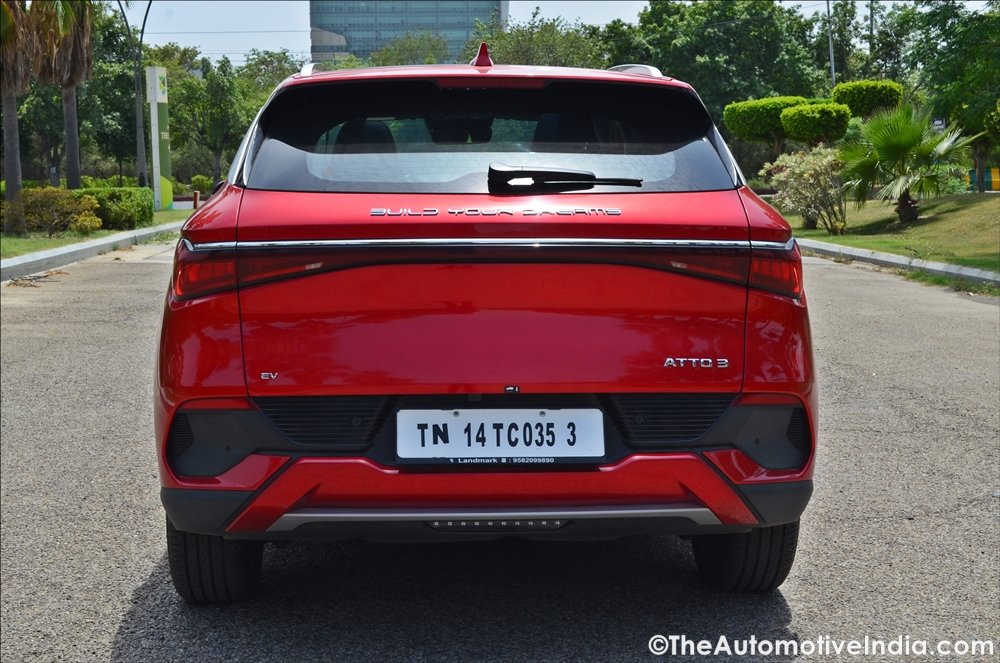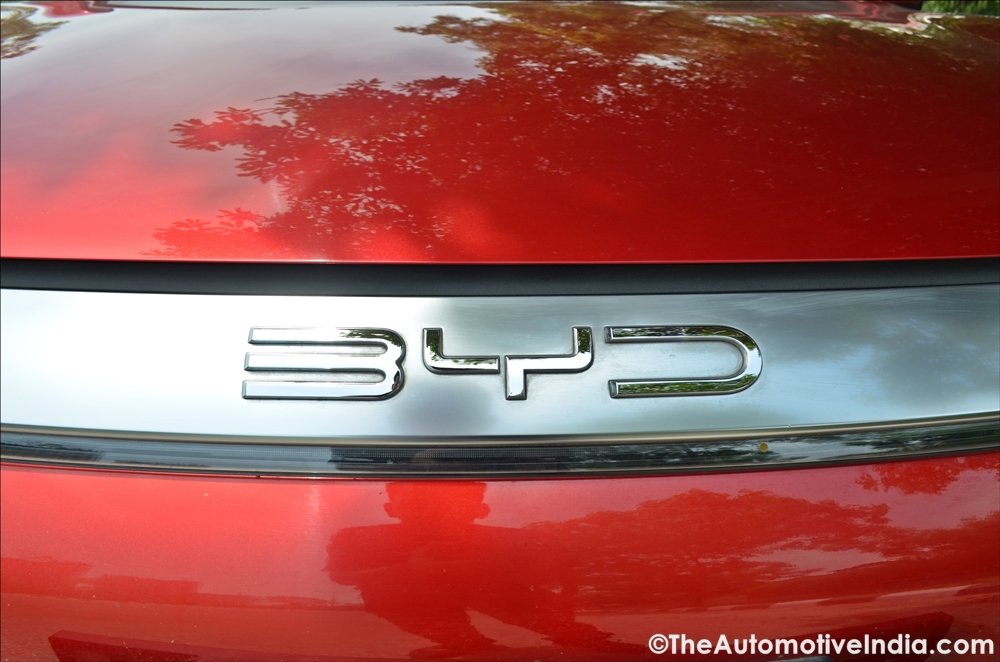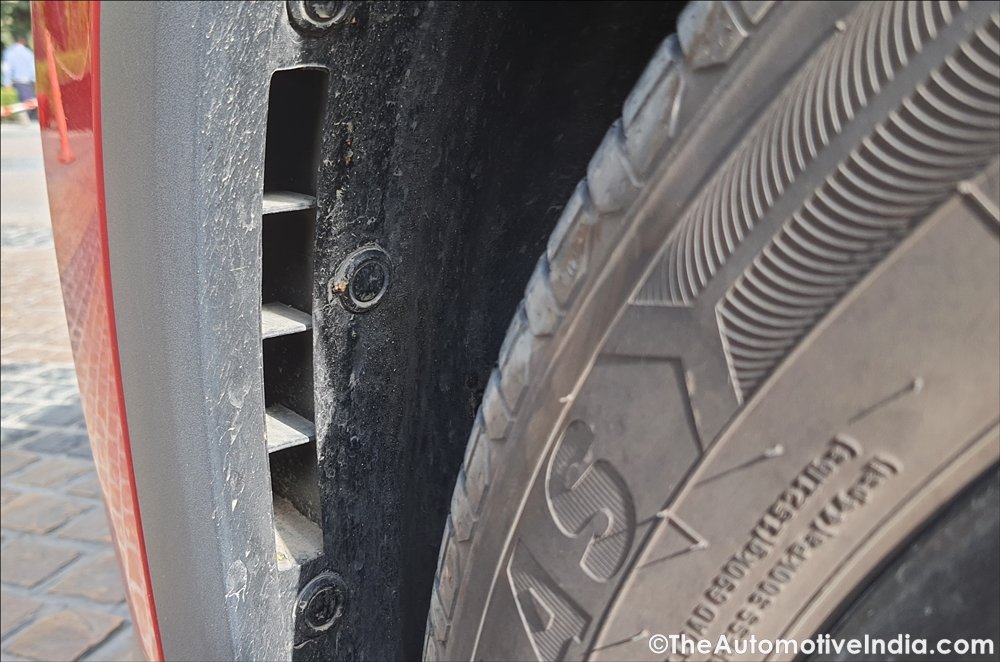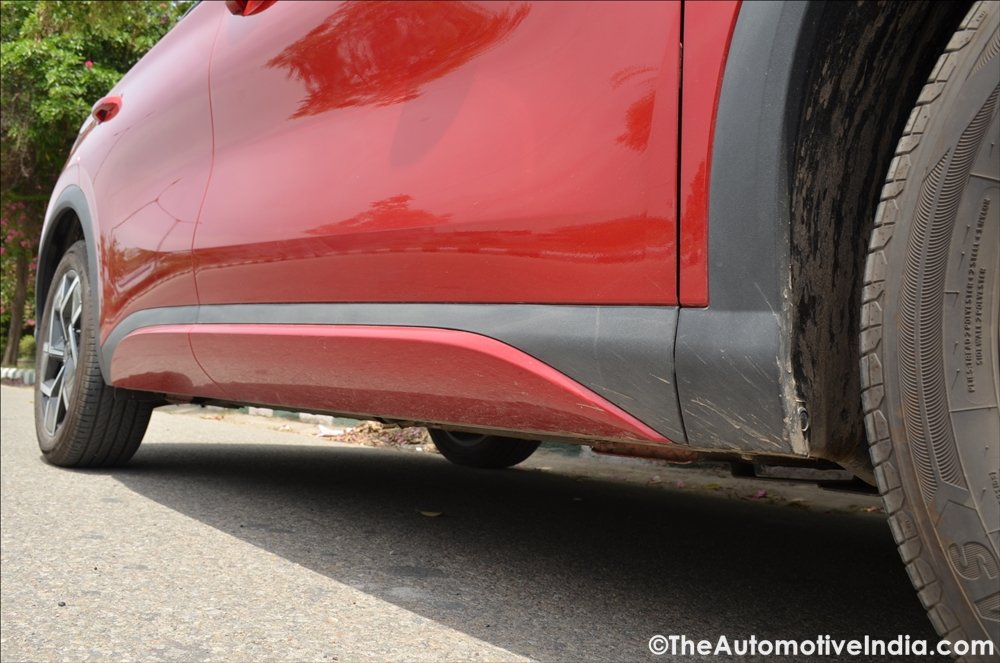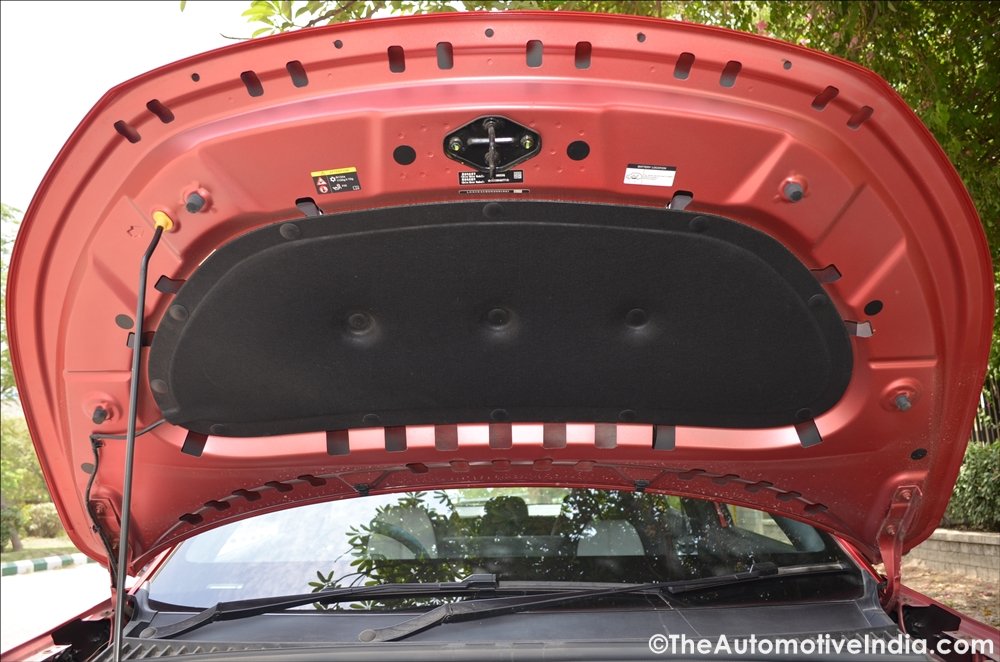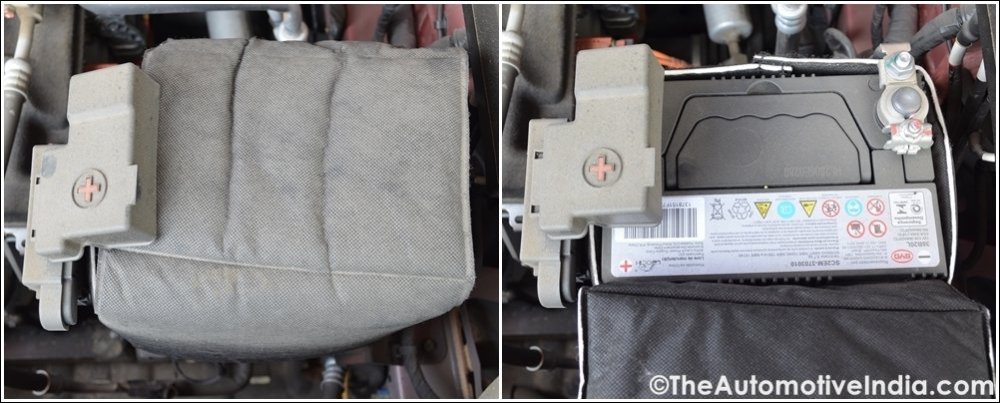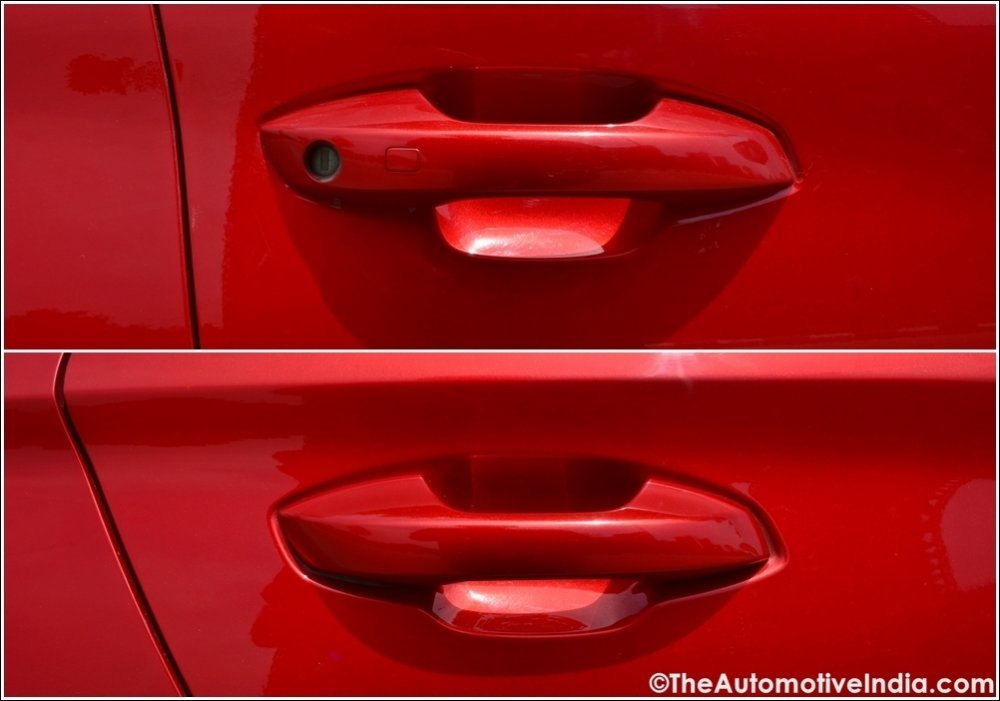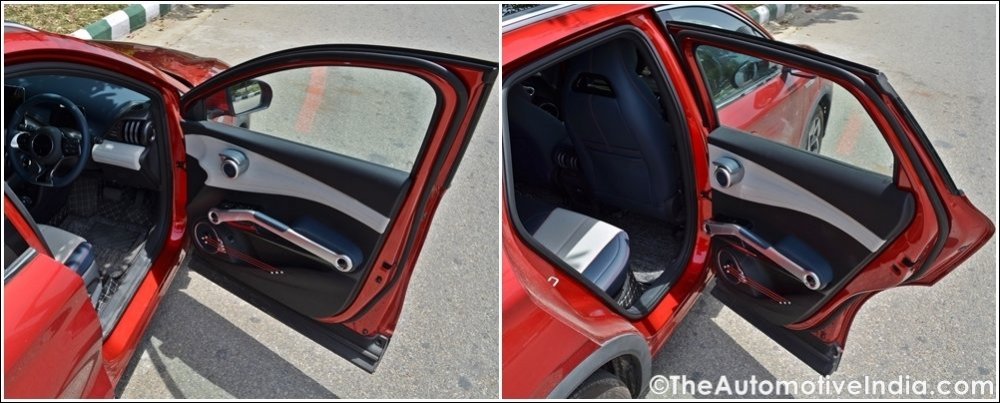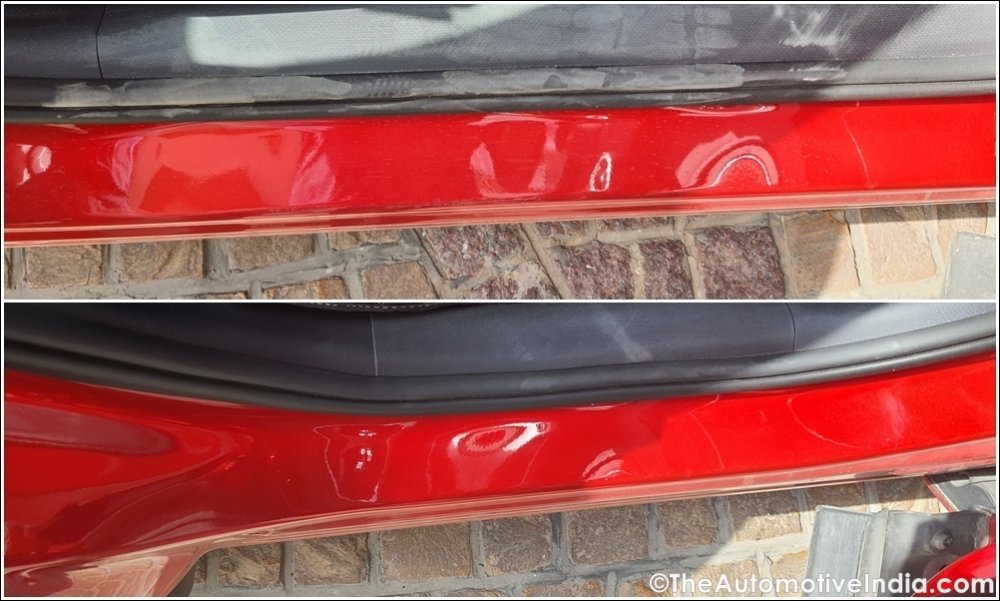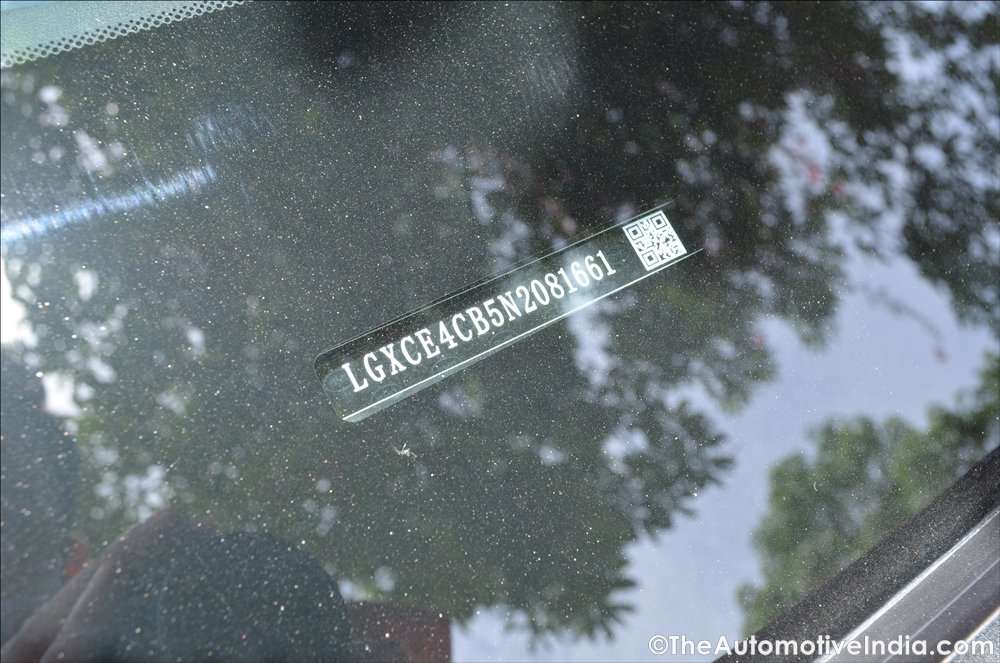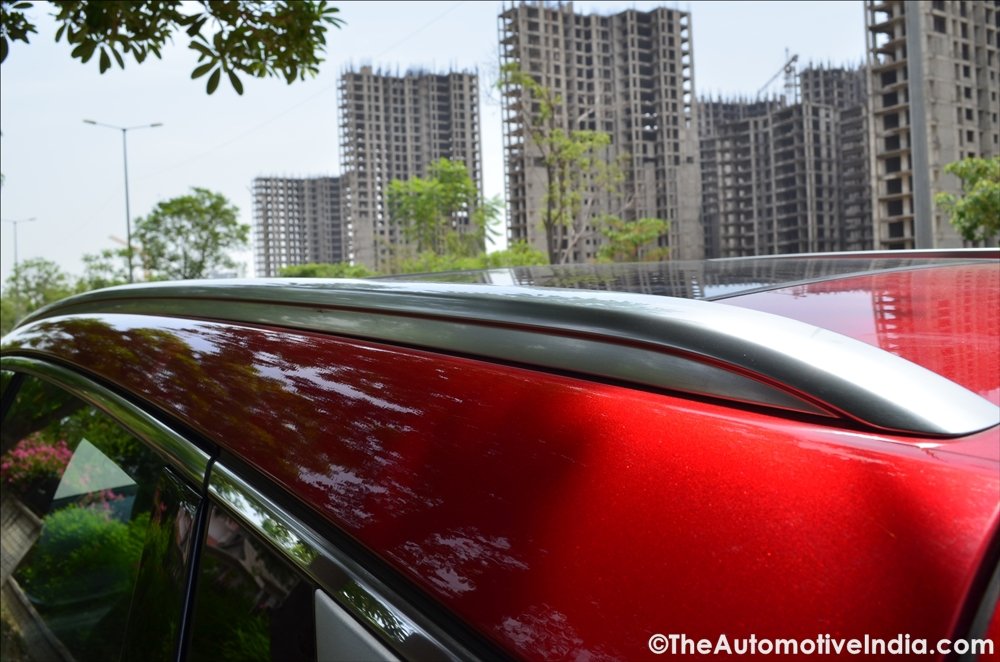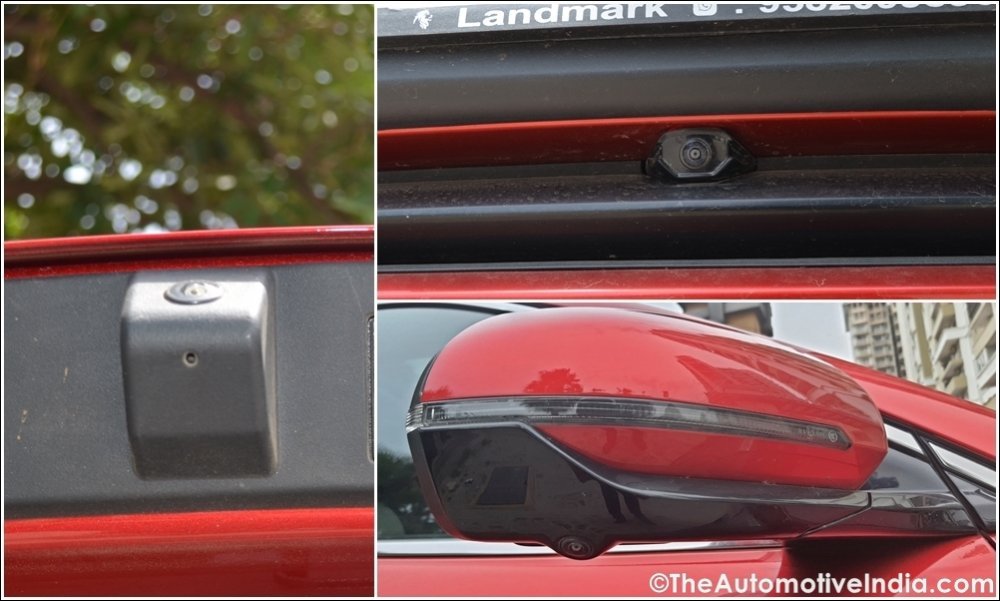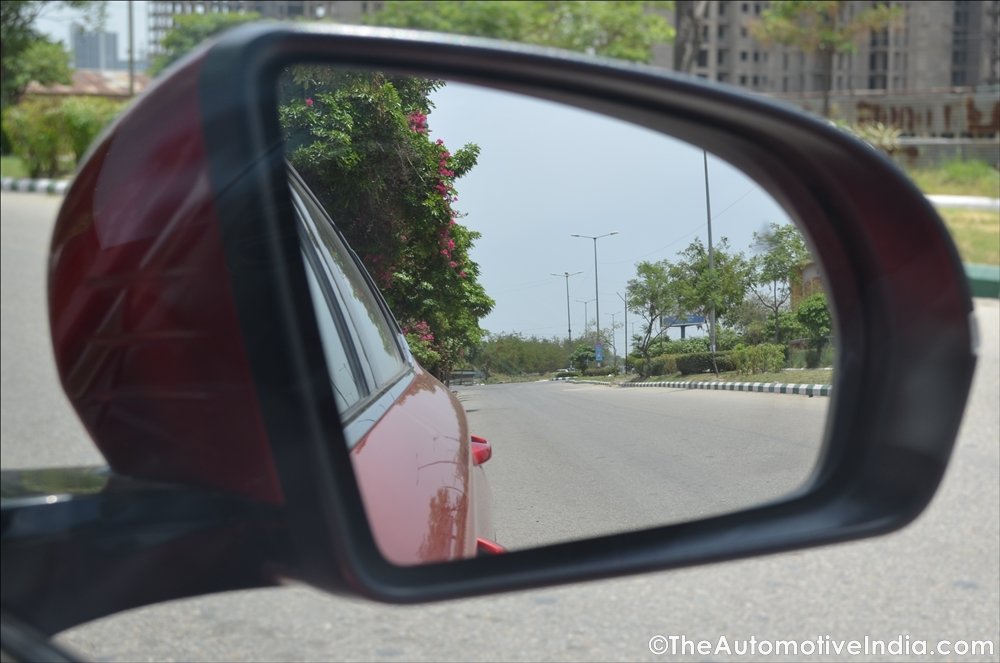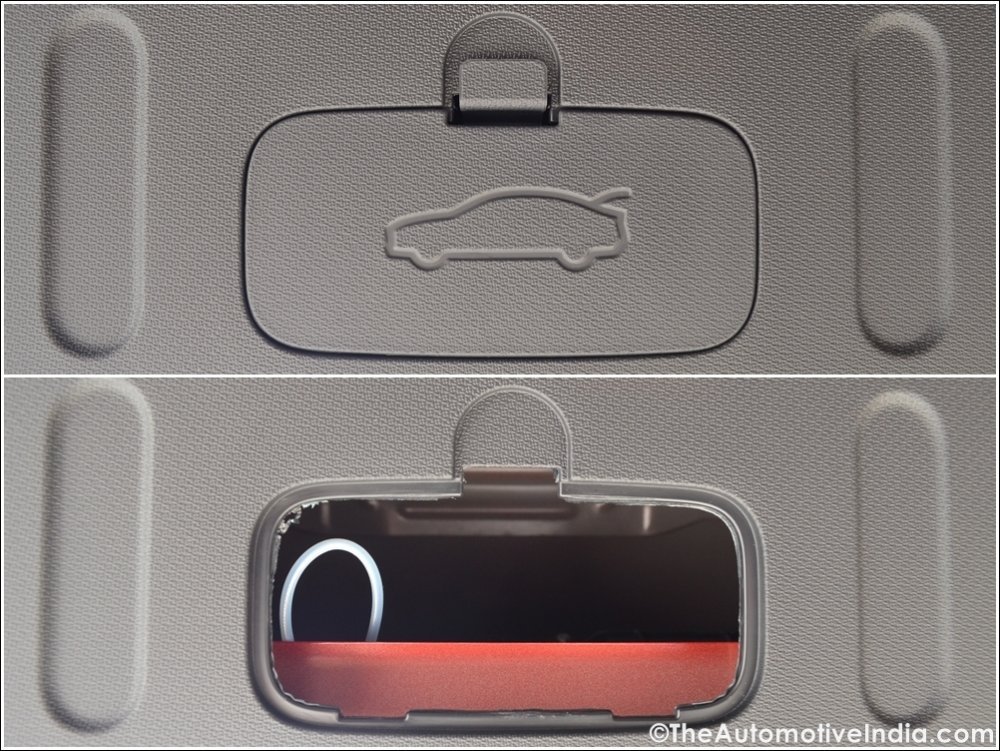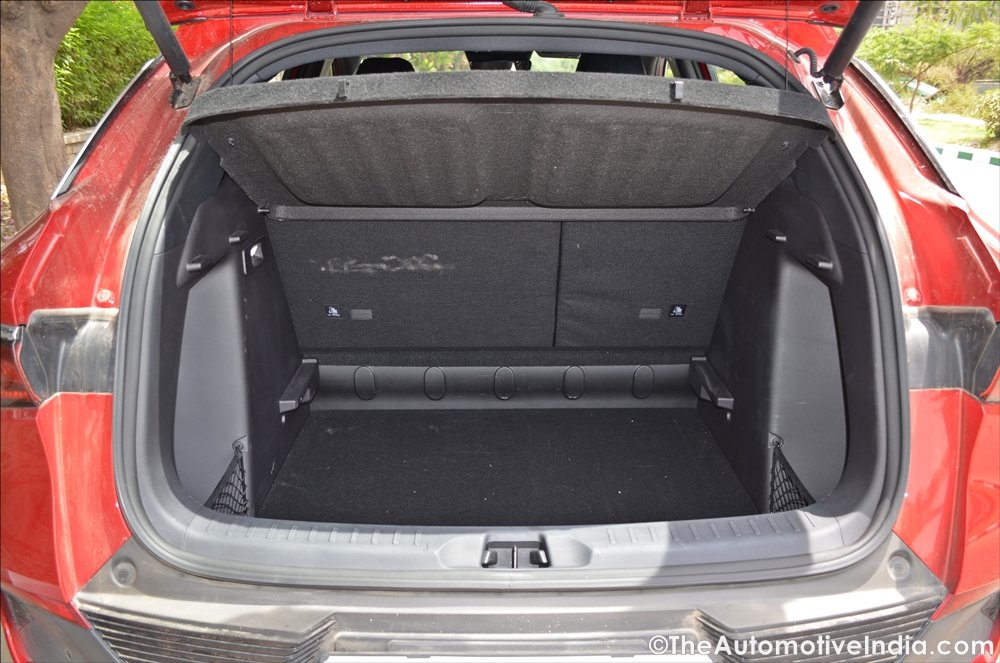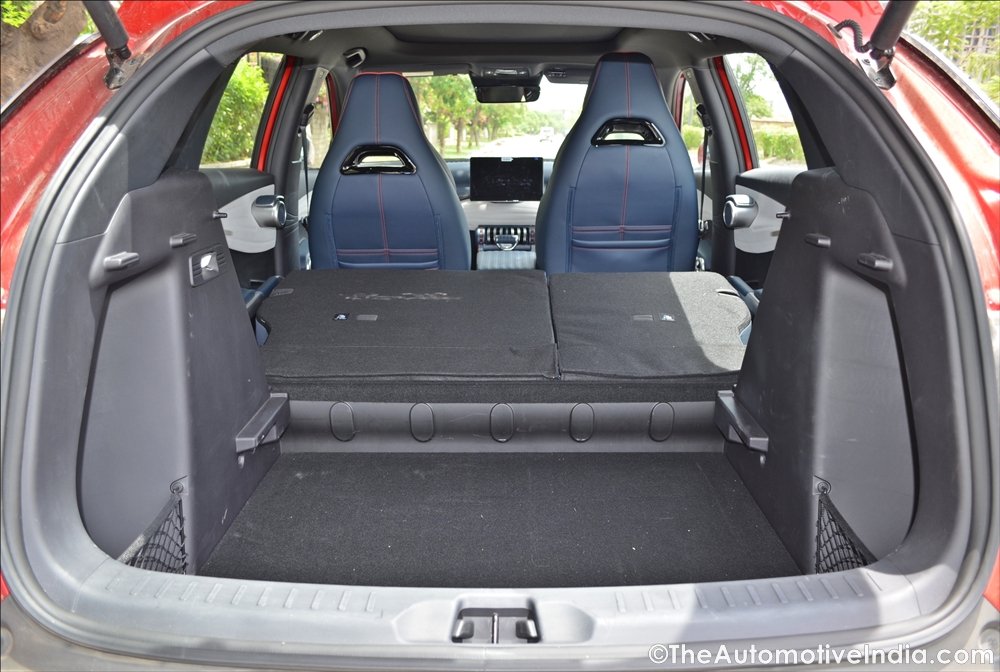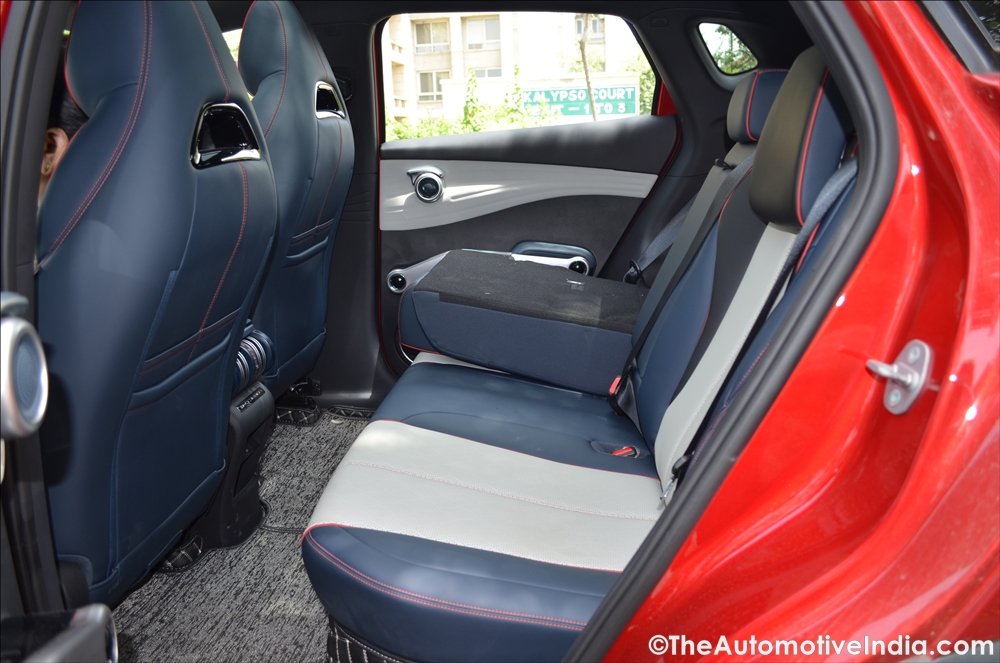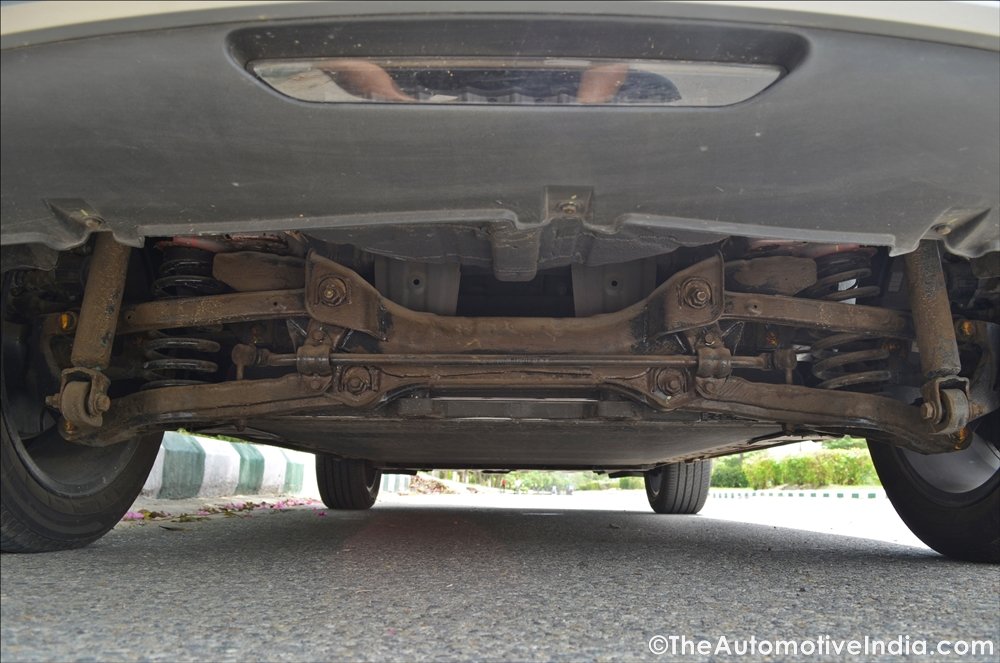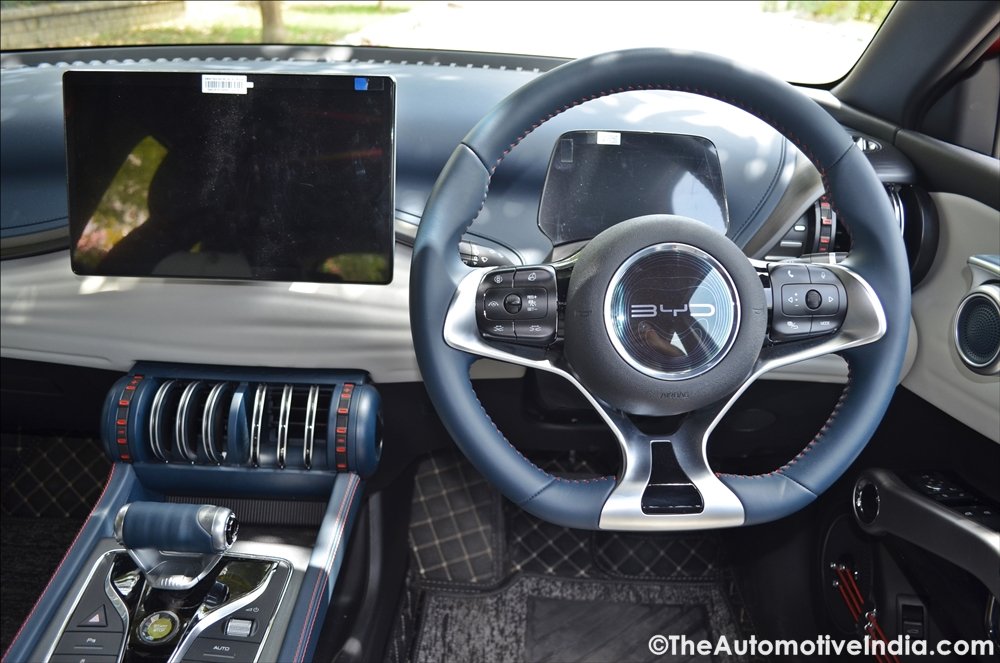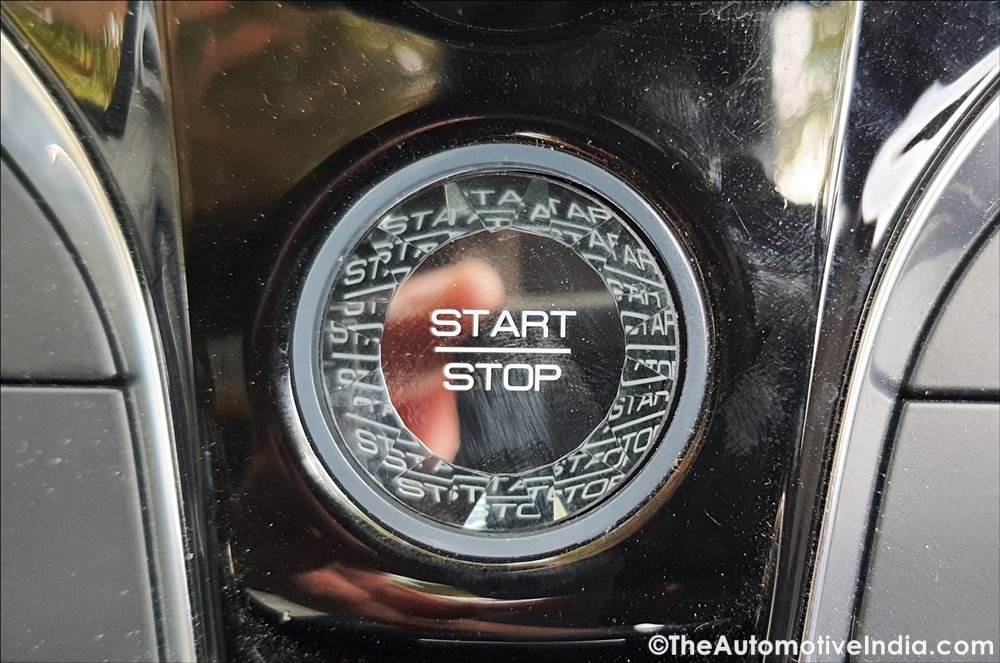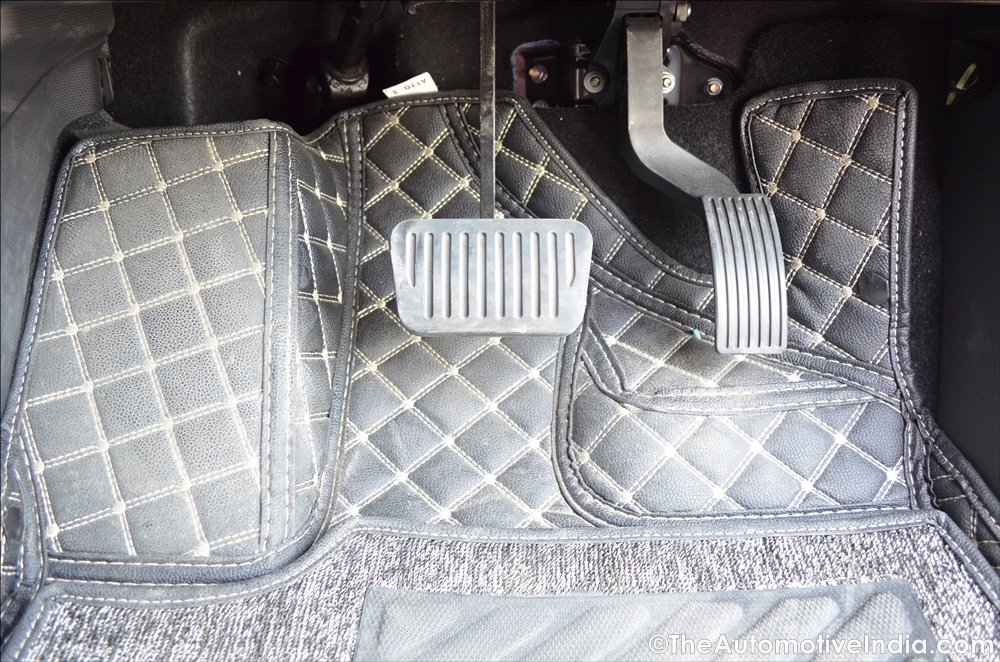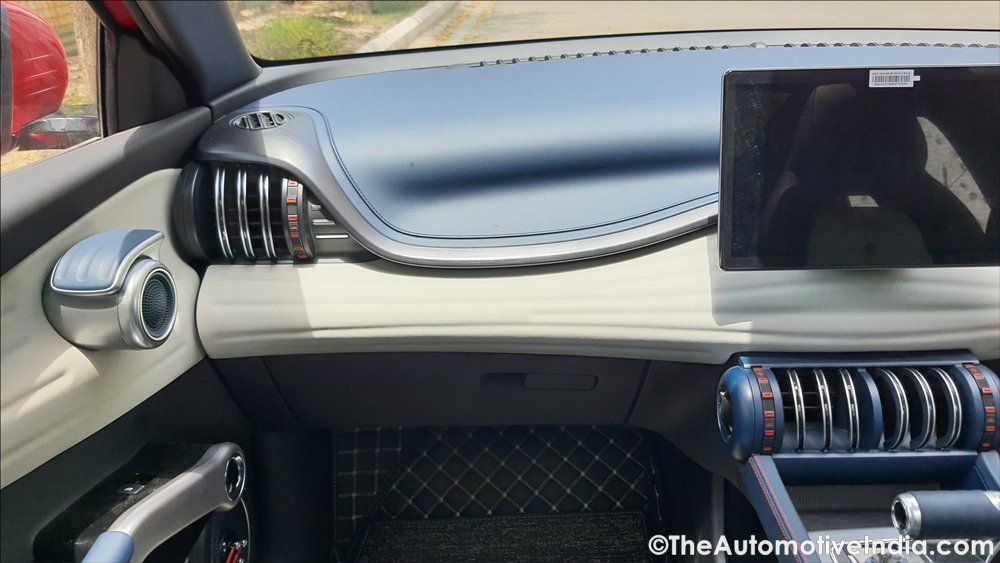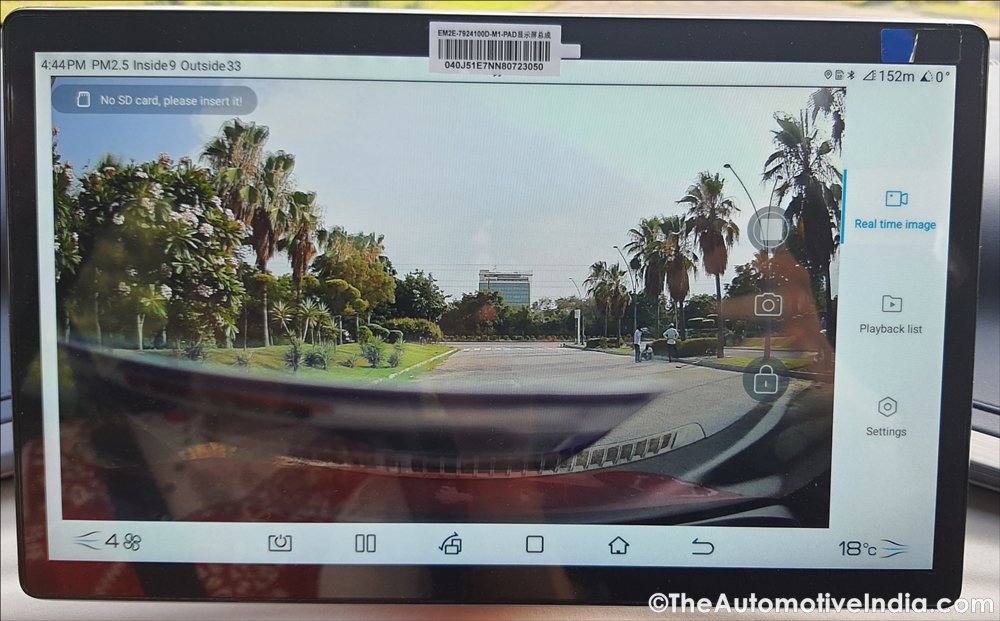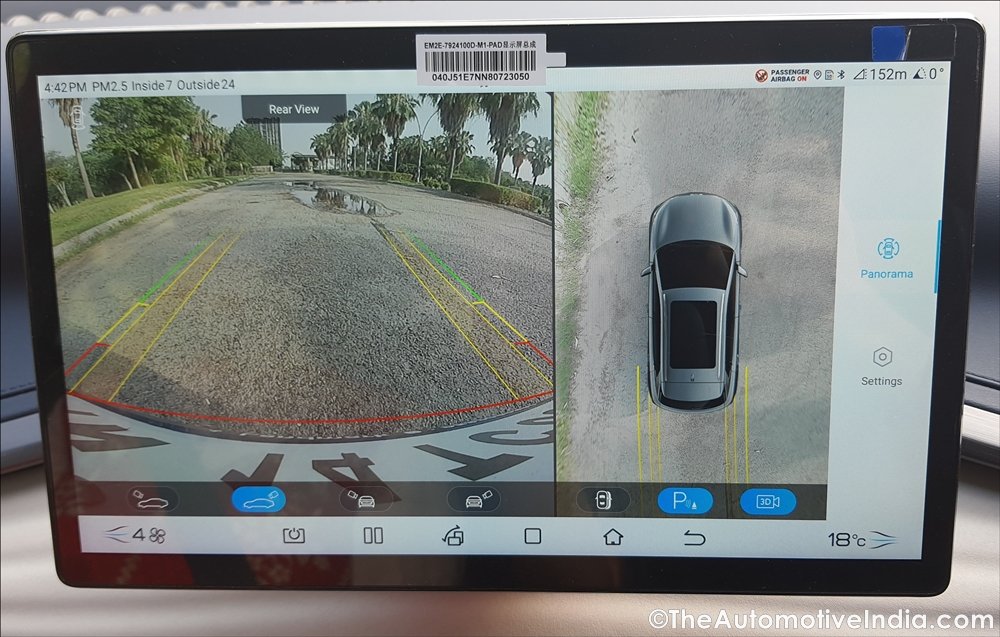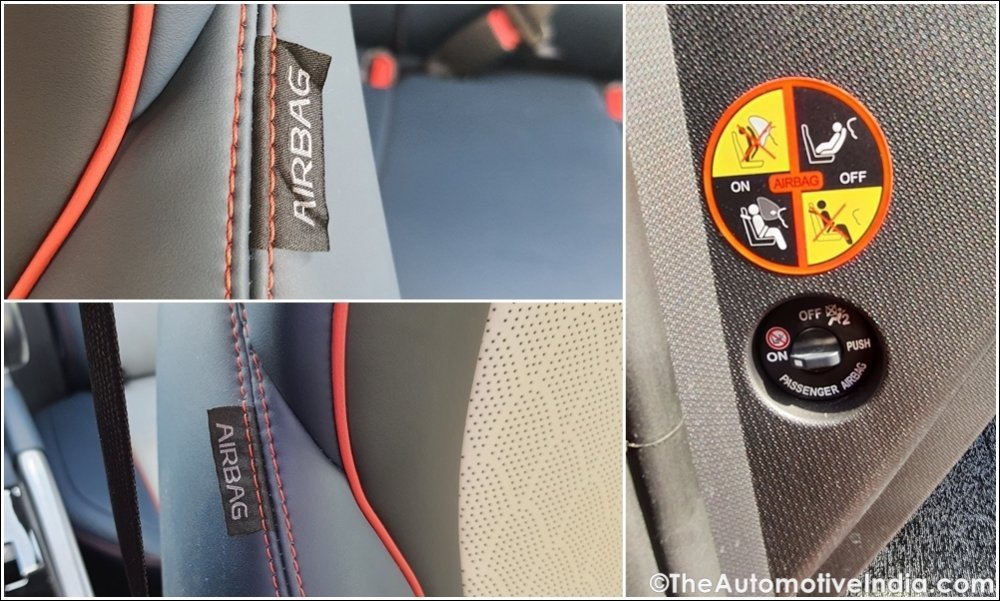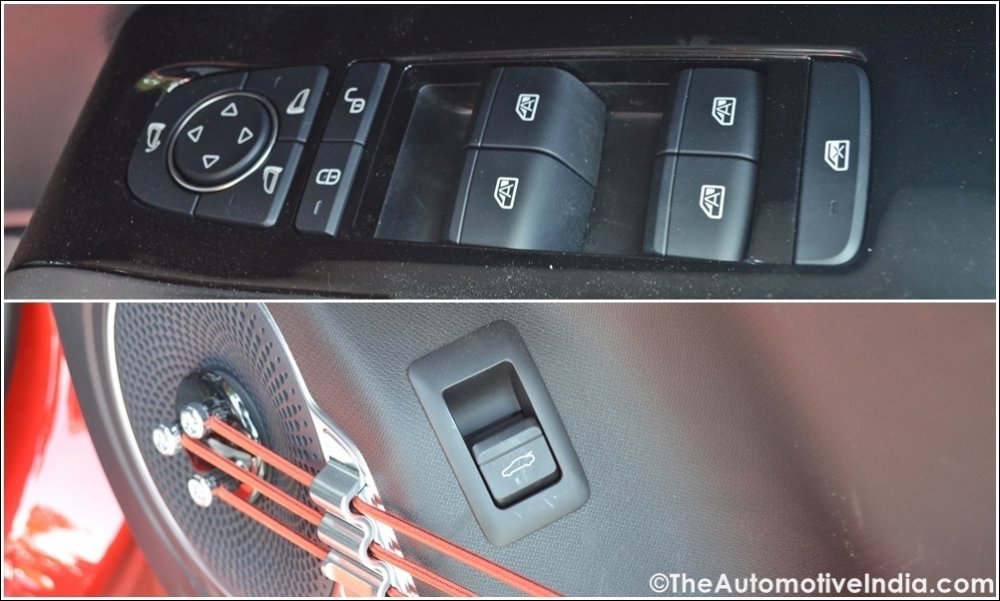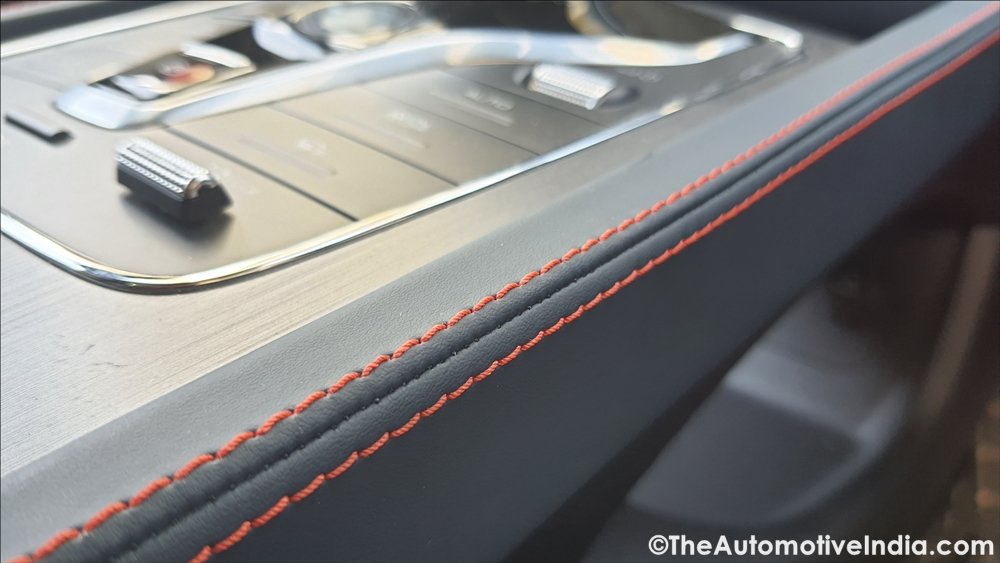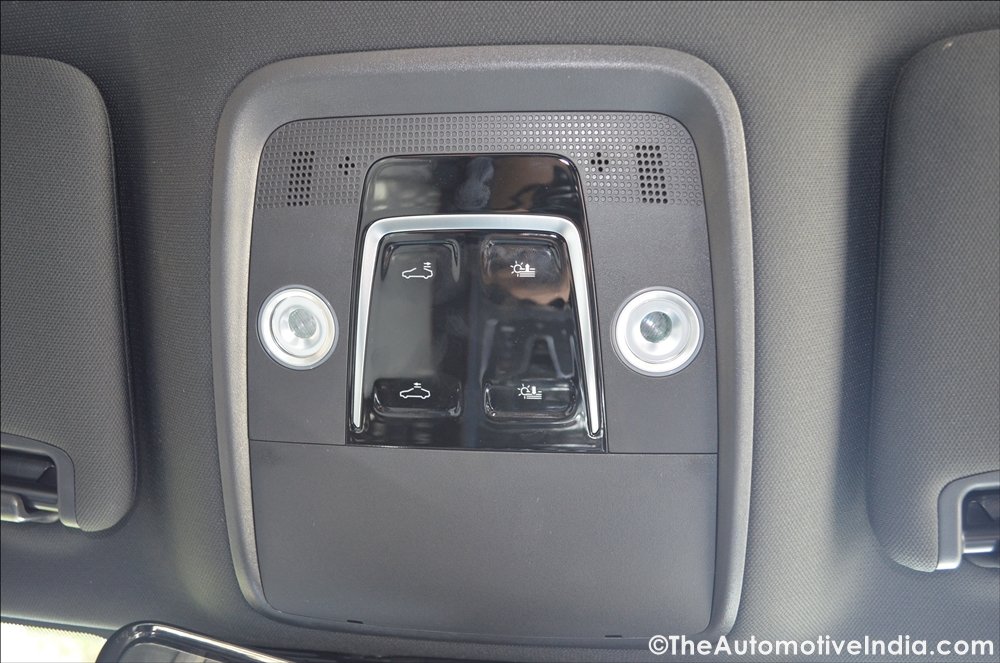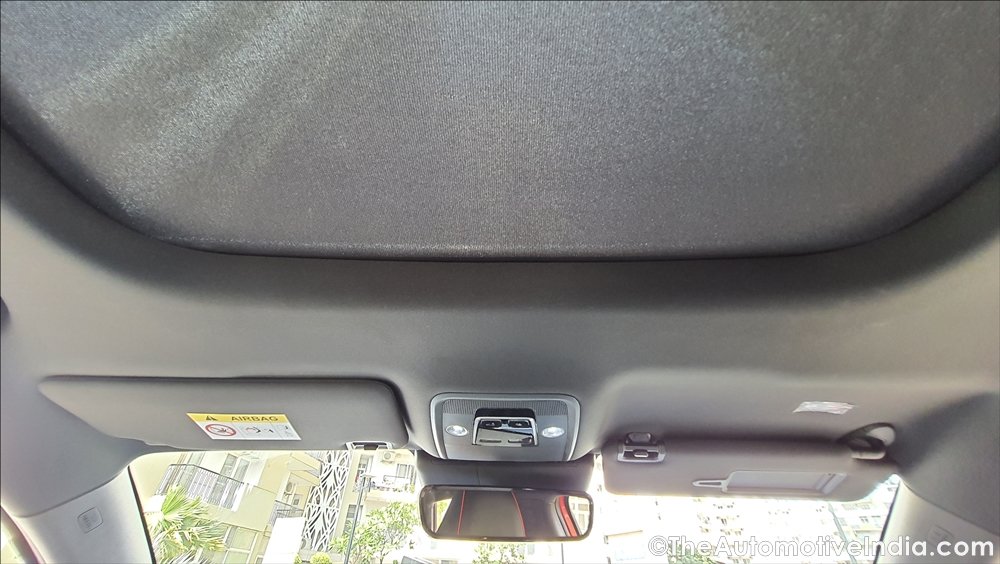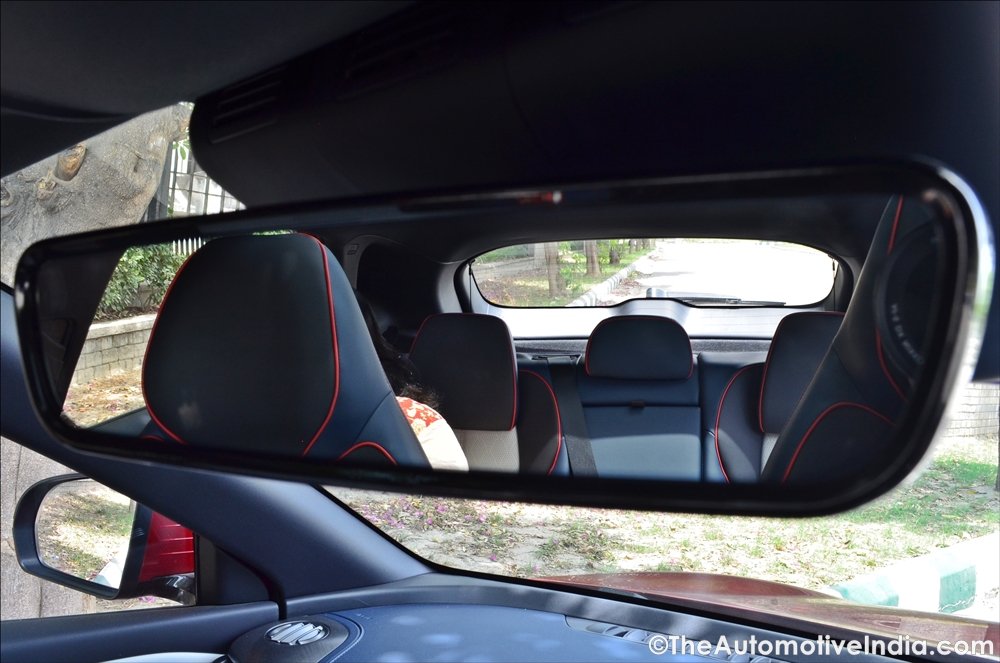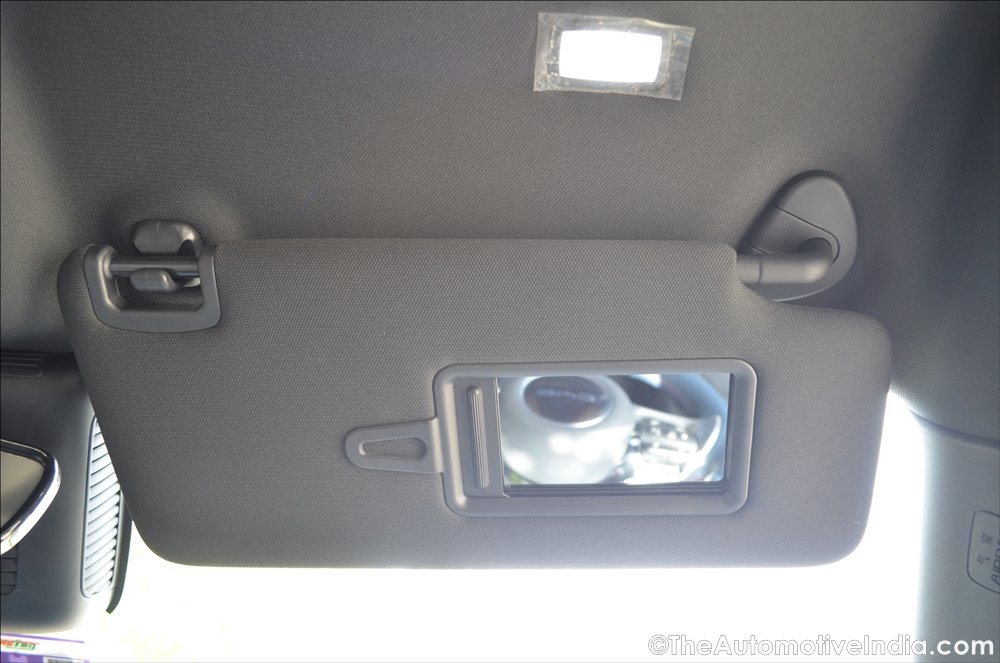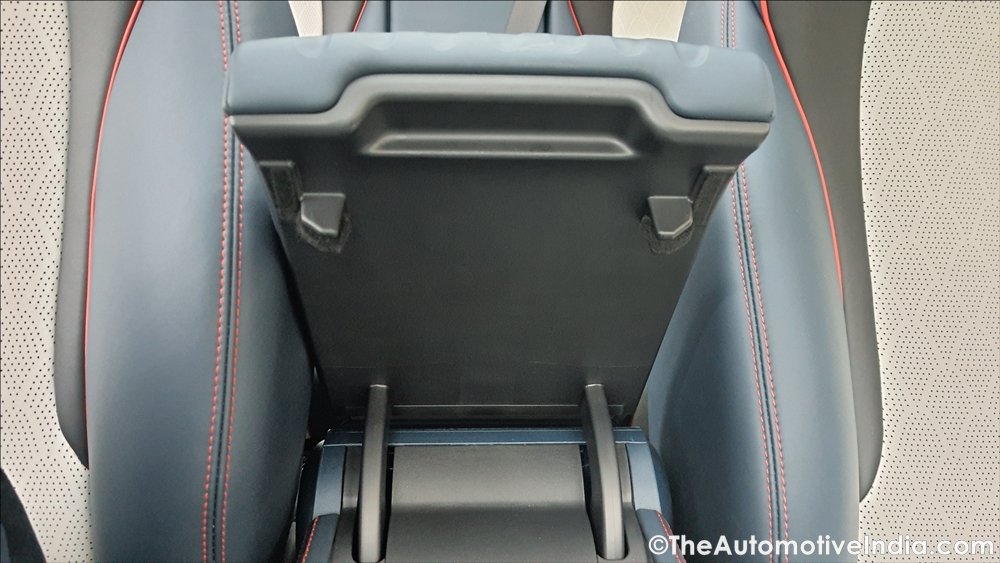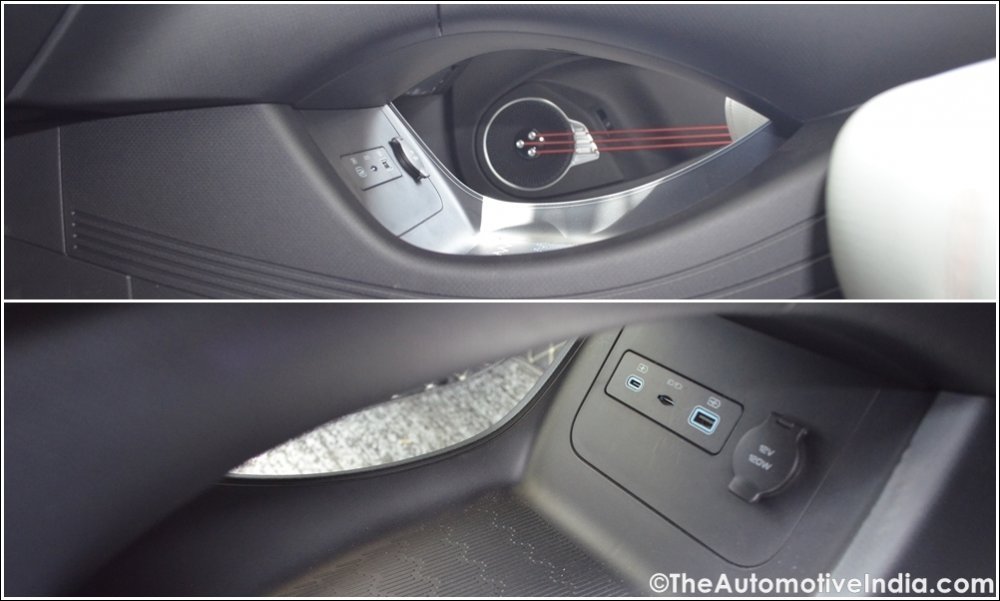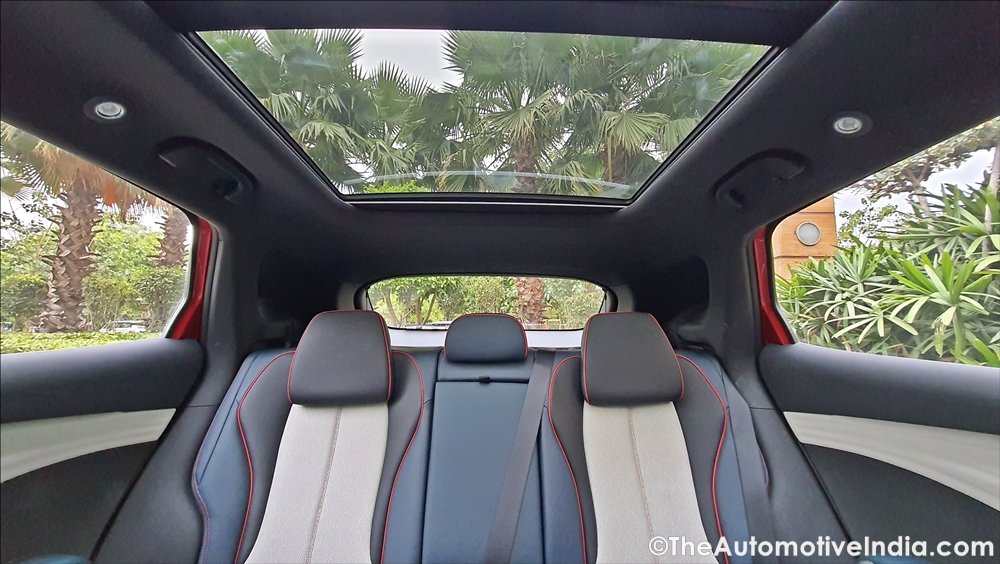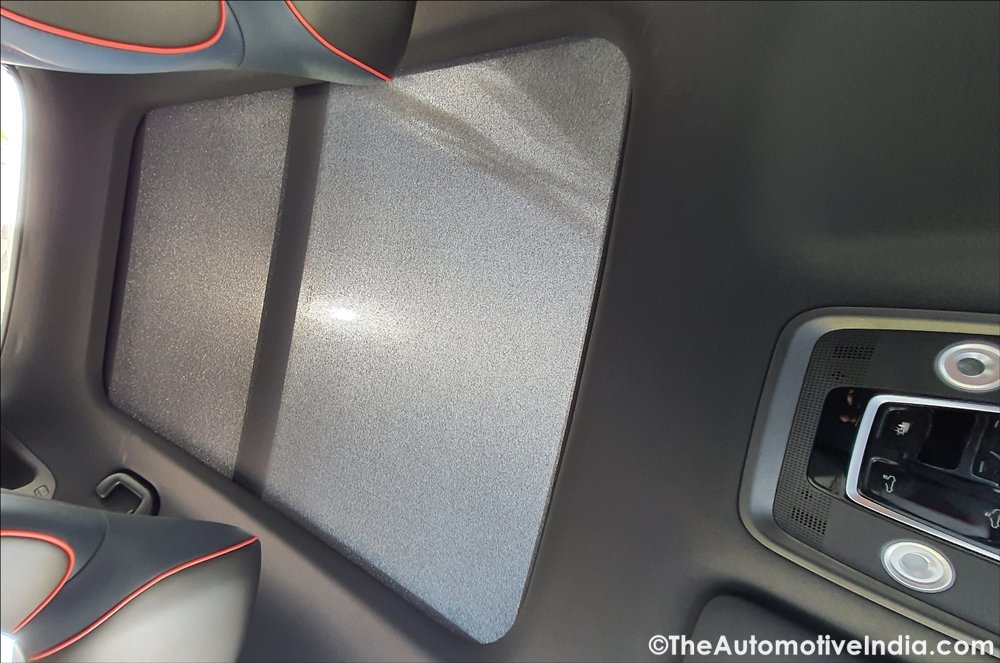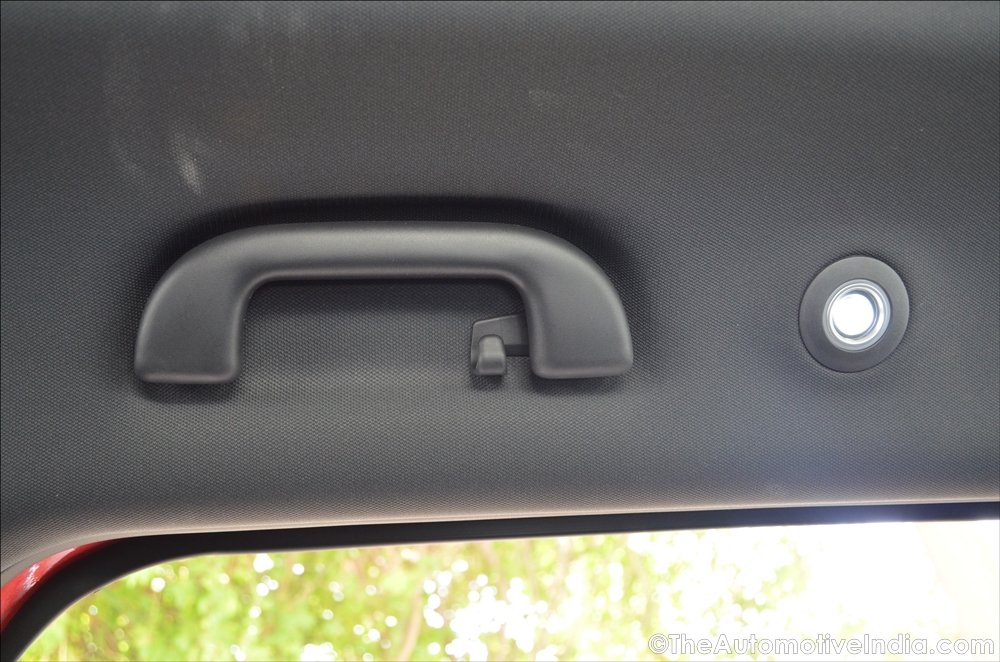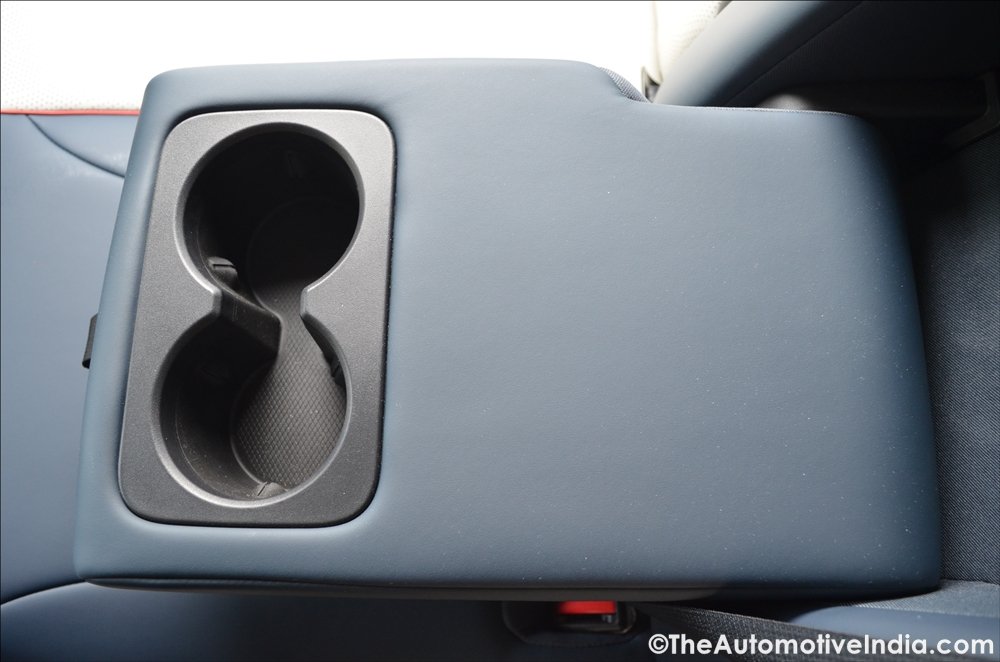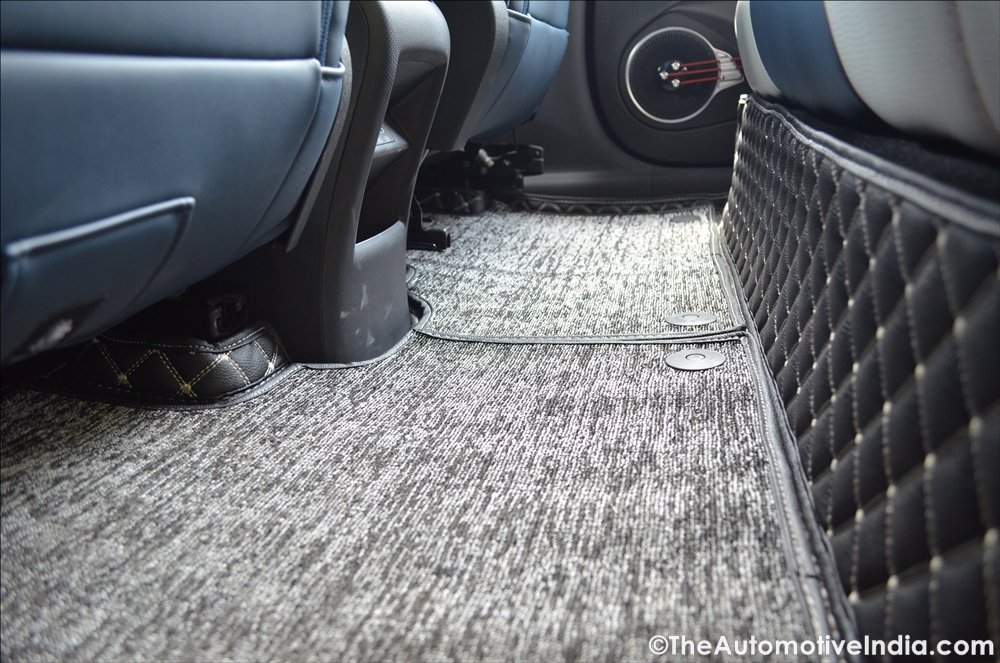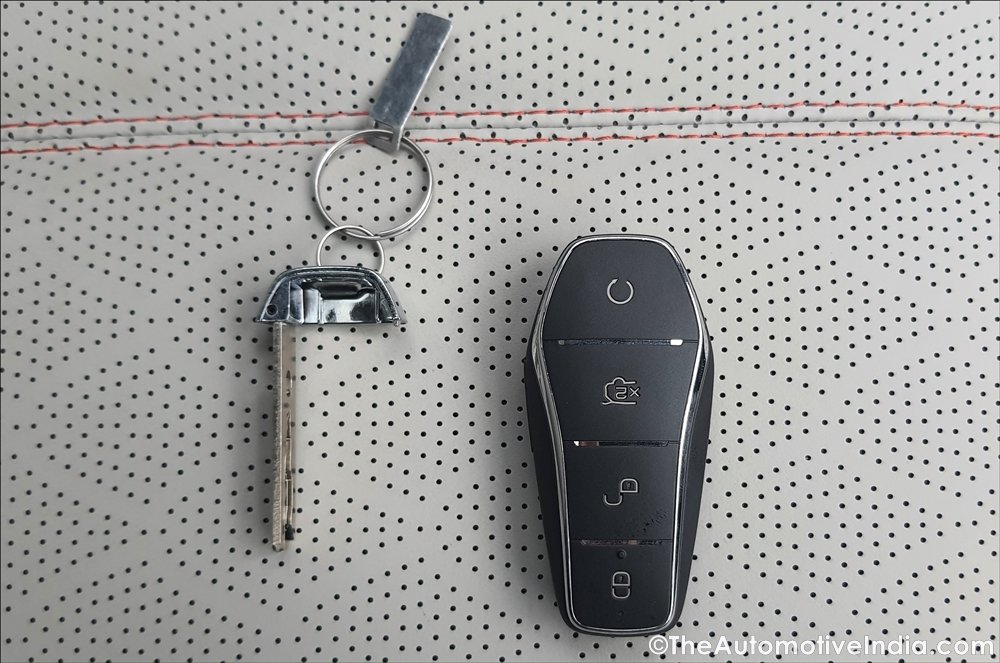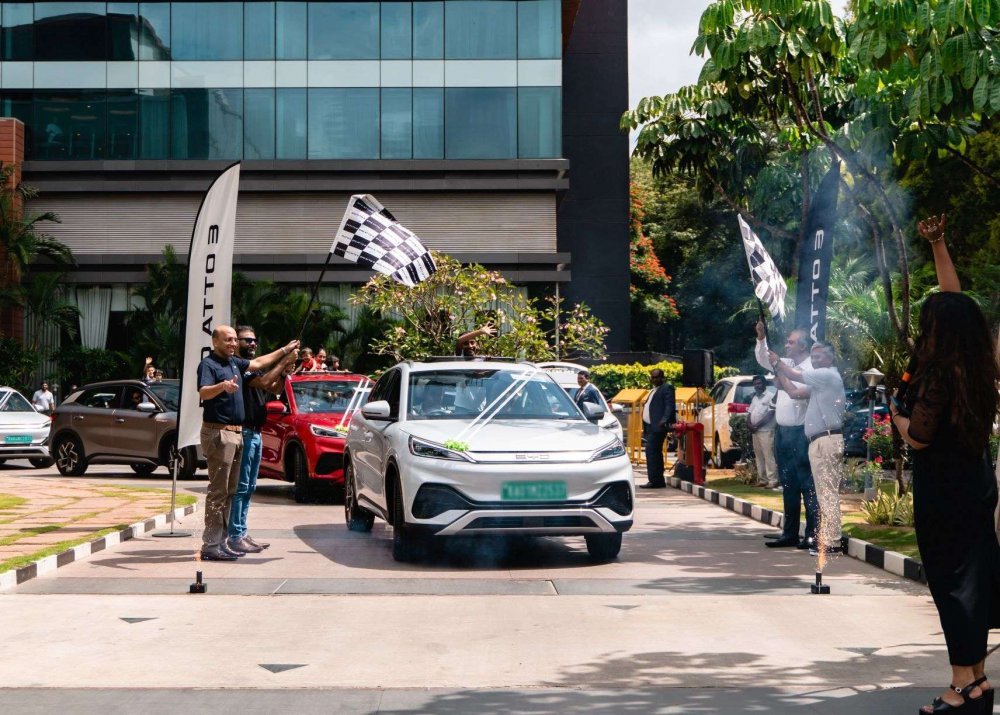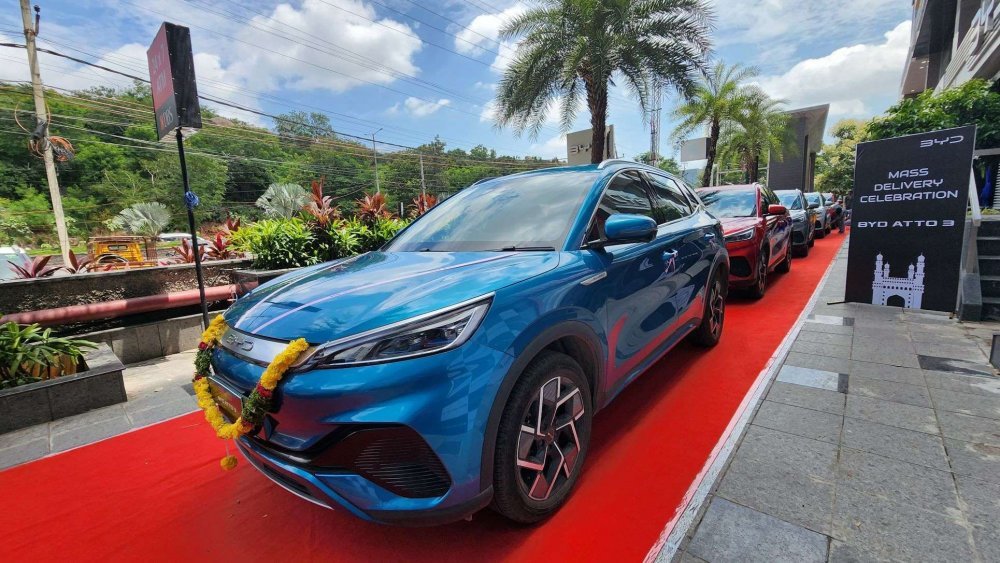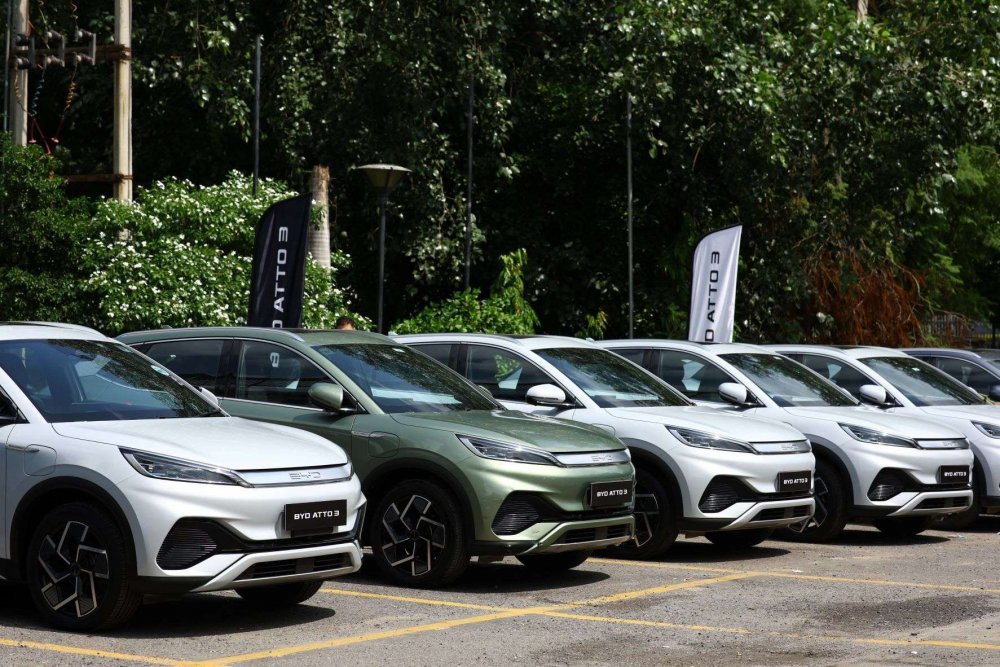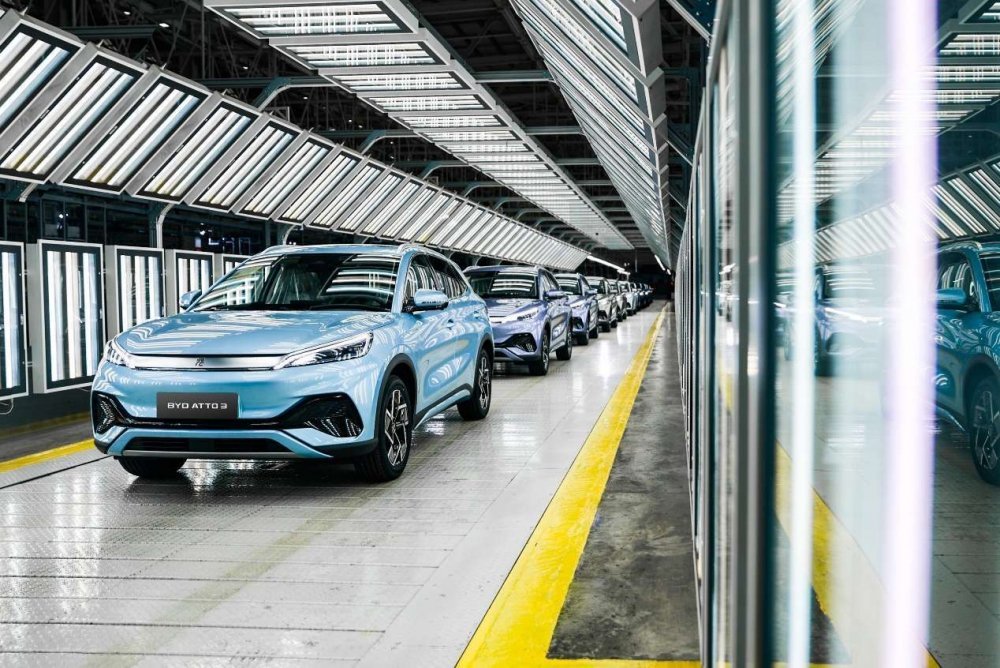BYD Auto has two plants in India spanning across 1,40,000 sq.m with 3,000 employees and cumulative investment of $200 million. BYD Atto-3 is at present locally assembled in facility at Sriperumbudur near Chennai. The company is targeting to retail 15,000 units by end-2023 and setup a local manufacturing plant in near future. That’s when we can expect this SUV to become an even more value proposition. For now, the Atto-3 has virtually no direct competition, due to which the automaker confidently demands a premium for the technology it has loaded under the hood and chassis. BYD Atto-3 is the first model in India built on the e-Platform 3.0, which is designed exclusively for pure electric vehicles with Blade Battery, an 8-in-1 electric powertrain and highly integrated domain controllers. This platform features the world’s first 8-in-1 electric powertrain with integrated drive motor, motor controller, reducer, onboard charger, DC converter, high-voltage distribution box, vehicle controller and battery management system, resulting in 20% size reduction, 15% weight reduction and allowing over 89% efficiency.
Blade Battery:
The Lithium Iron Phosphate type Blade Battery is designed and manufactured by FinDreams Battery, a subsidiary of BYD. Blade Battery can be made in different lengths and thicknesses (most commonly 37.8” long and 3.5” wide) single-cell battery with a special design which can be placed in an array and inserted into battery pack like a blade. Space utilization of the battery pack is also increased by over 50% compared to conventional lithium iron phosphate block batteries. The Blade Battery is touted to be the only power battery in the world that has passed the most rigorous nail penetration test. In this test, battery emitted no smoke or fire after being penetrated, and its surface temperature reached only 30° to 60° Celsius. The battery also emerged unscathed and fully operational after a 46-tonne truck drove over it without exhibiting leakage, deformation, or smoke. BYD further claims to have heated it in a furnace to 300° C, and overcharged by 260% and no fires or explosions resulted. These outcomes definitely add confidence and address the common concerns of the first-time EV buyers. However, I believe that electric cars still have practically more to prove in the Indian conditions, such as extreme climates, accident situations, charging infrastructure, queues in charging stations once the EVs become mainstream etc.

The 7-kW AC home charger with installation comes exclusive to the ex.showroom price. It can charge the vehicle in upto 9.5-10 hours. Fast charging requirements, on the other hand, are fulfilled with an 80-kW DC fast charger that tops-up the battery level from 0% to 80% in approx. 50 minutes. These figures can vary by many factors such as the load of electricity, charger specifications, outdoor temperatures etc. BYD Atto 3 has a decent ARAI-certified range of 521 kilometers on a single charge. Under the hood, you’ll find an uncluttered and roomy area compared to internal combustion cars. Permanent Magnet Synchronous Motor on the front axle draws the energy via motor controller from the 60.48 kWh Blade Battery pack, which is situated under the cabin floor. BYD Atto delivers a healthy 201 BHP and 310 Nm torque. Furthermore, it has an impressive 0-100 Kmph acceleration of 7.3 seconds and a drag coefficient of 0.29Cd. The automatic transmission has a fuss-free operation and an awesome aircraft throttle-like gear lever with a separate button for “P” mode.
Performance & Handling:
To be honest, the first time I drove this car, it turned out to be a quite different impression than what I had perceived from an electric vehicle, i.e., feather-light accelerator combined with a prompt pickup. No, there’s not anything wrong with the car. It’s, in fact, smooth and fast and this situation improves as one approaches straight roads. Just that I had imagined extra-sensitive controls compared to internal combustion engine cars. Push the engine start-stop button on center console and you’ll hardly notice noise, vibration or harshness. There’s only a slight humming sound from the motor in background as one engages to “D” mode. It increases at higher speeds but is never intrusive. You’ll also listen a soothing music playing on the outside whenever the car is driven at speeds upto 20 Kmph to warn the pedestrians, beyond which natural wind and tyre noise are considered sufficient. This intentional noise is by law mandatory in several countries since electric vehicles produce much lesser noise on the exterior. Don’t worry though, the music doesn’t sound awkward and is audible only when one’s nearby.
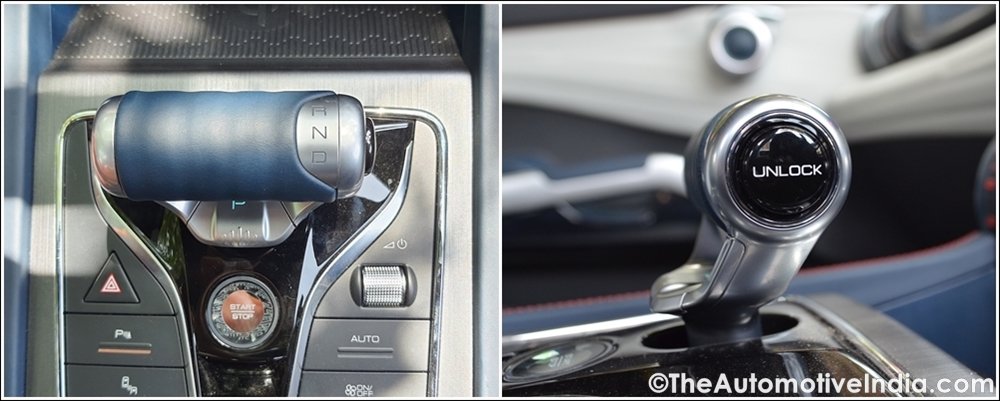
The BYD Atto-3 has three drive modes that bring along significant change in the vehicle’s driving characteristics: Normal, Eco and Sport. Normal Mode, as the name indicates, is an ideal balance between fuel consumption and performance. Push the accelerator and the car pickups fast with adequate power delivery. However, in Eco Mode, one can feel the noticeably restrained response to accelerator. It continues to have grunt to keep the drive not-so-boring but still, this mode is most suitable for use in traffic conditions. Steering in both the aforementioned modes is light and convenient for urban usage. Sport Mode is where the BYD Atto-3 unveils its true prowess. It becomes much more involving to drive from an enthusiast’s perspective. Gentle tap on the accelerator brings those horses alive and provides a slight pushback experience on the seats upon quick acceleration. This performance remains lively at speeds above 80 Kmph with ample power available on tap of a pedal. Unfortunately, enjoyment in Sport comes at the cost of rapidly draining battery charge. Therefore, it’s best utilized on open highways when there’s a charging facility available around. Overall steering response is satisfactory. It weighs up with speed but I’d have preferred a more precise unit which would help during sharp maneuvering.
Suspension & Safety Features:
The suspension setup is well-tuned and flawlessly swallows minor humps and potholes at low-speed driving. It’s at higher speeds when the stiffness becomes obvious. The body-roll is noticeable too while tackling fast corners. Thankfully, the braking is extremely responsive and confidence inspiring. BYD Atto-3 is equipped with intelligent driving systems and multi-sensor layouts (two radars in front and four radars in rear), popularly known as ADAS which the Chinese auto manufacturer markets as BYD DiPilot L2 Driving Assist System. It incorporates Automatic Emergency Braking (AEB), Adaptive Cruise Control (ACC), Blind Spot Detection (BSD), Lane Departure Warning (LDW), Lane Departure Prevention (LDP), Rear Cross Traffic Alert (RCTA), Rear Cross Traffic Braking (RCTB), Door Open Warning (DOW), and Adaptive Front Lights (AFL). Their settings can be configured through infotainment system. Apart from that, Atto hosts a lot more safety features like 7-airbags, Antilock Braking System (ABS), Electronic Brake Force Distribution (EBD), Electronic Stability Program (ESP), Traction Control System (TCS), Hill Descent Control (HDC) etc. There’s another interesting feature called Vehicle To Load (VTOL). It transforms the EV into a mobile power station and supports power up to 3.3 kW. You can simply plug and play high-power electrical appliances on occasions such as camping or use it to charge another light EV. Note that the VTOL mobile power supply unit is not a part of the standard feature, it needs to be purchased separately.
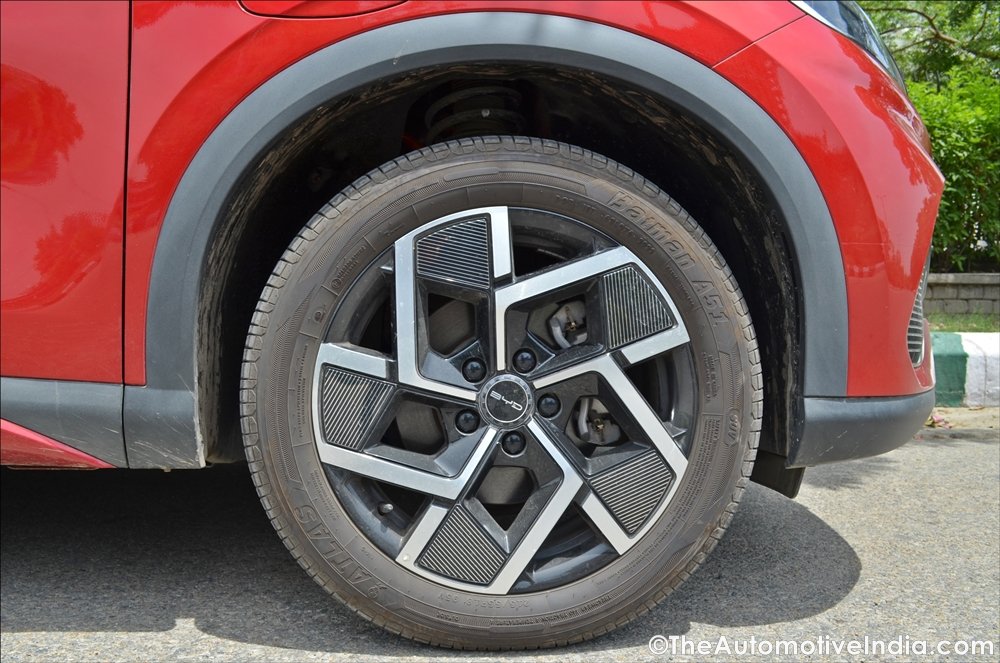
BYD Atto-3 is a futuristic EV that meets international standards and is loaded to brim with gizmos. It’s neither cheap nor too expensive but marks an optimistic entry point for BYD India. Its pros far outweigh the cons which are primarily the price tag and limited dealership network. For those EV lovers, who’re willing to shell out a premium over the current lot of electric cars for exclusivity and style, the BYD Atto-3 makes for a sound bet.


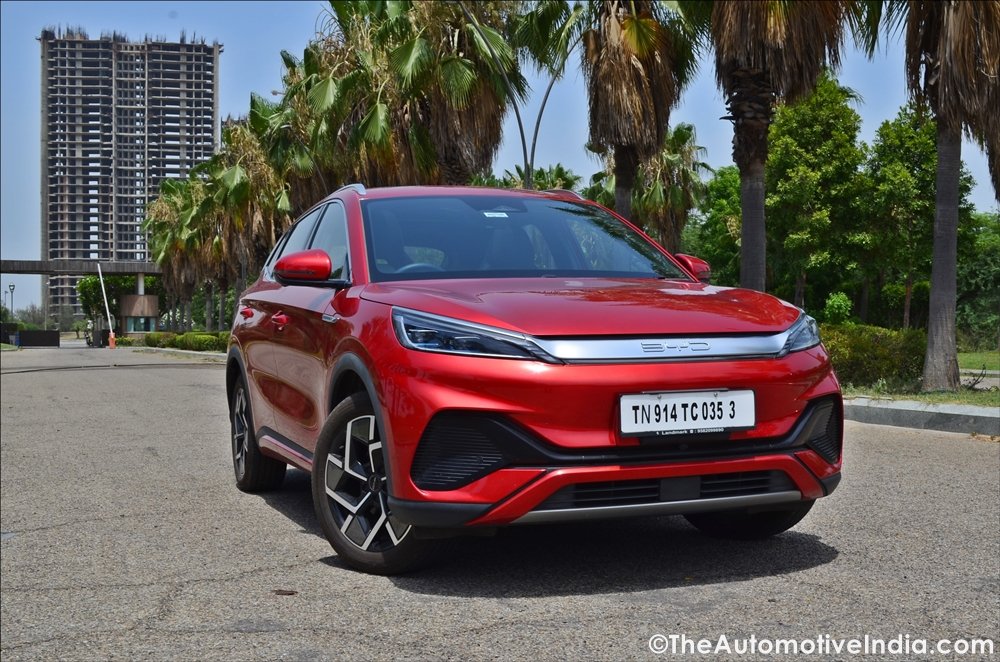
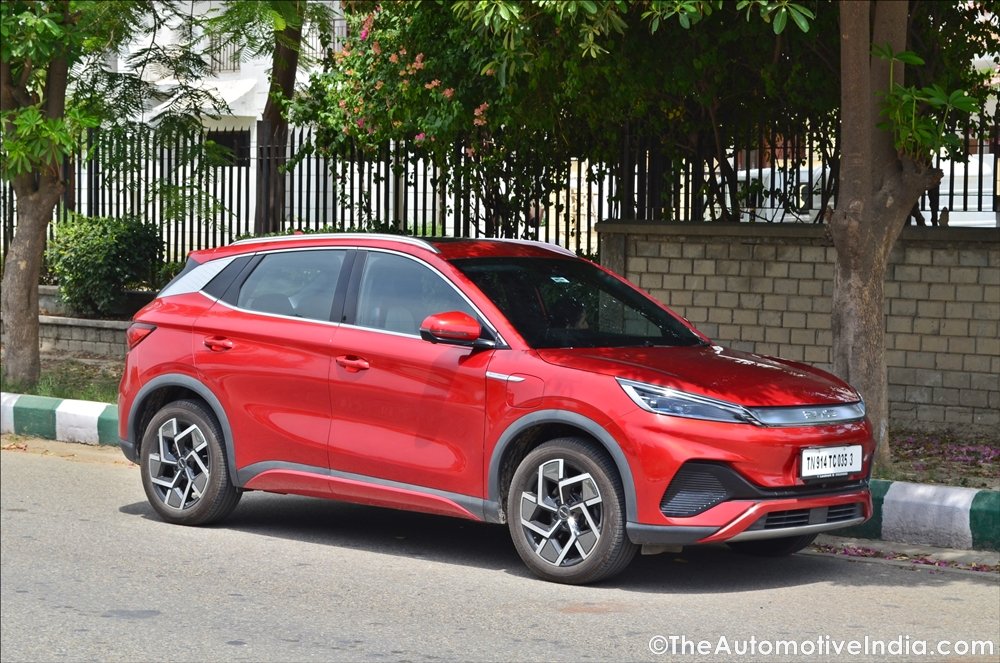

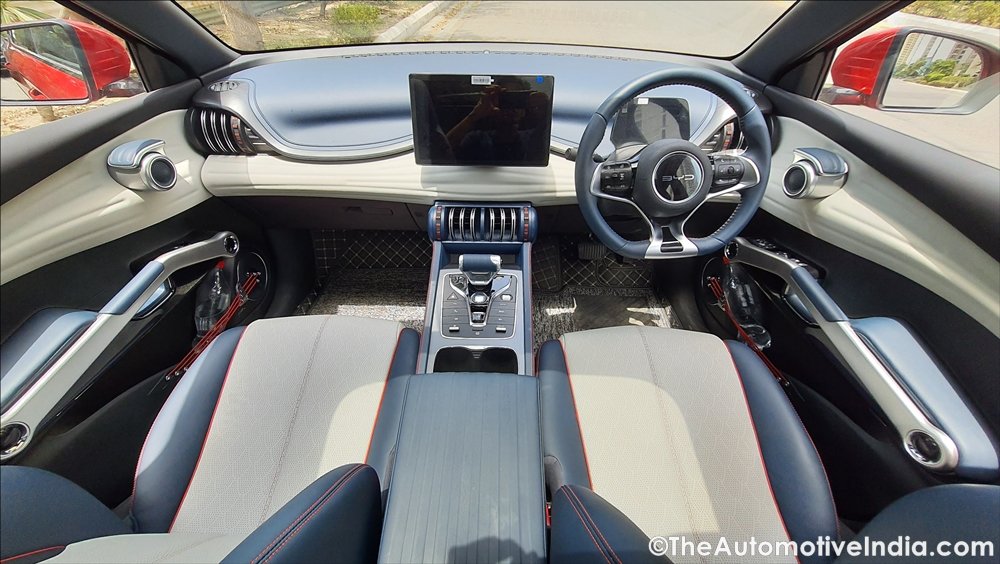
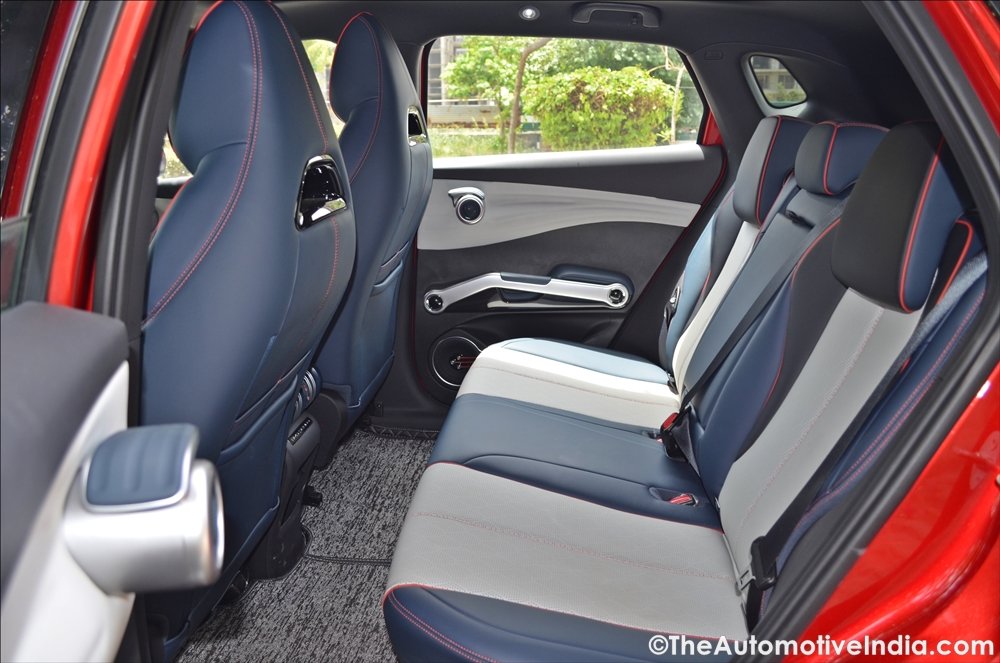
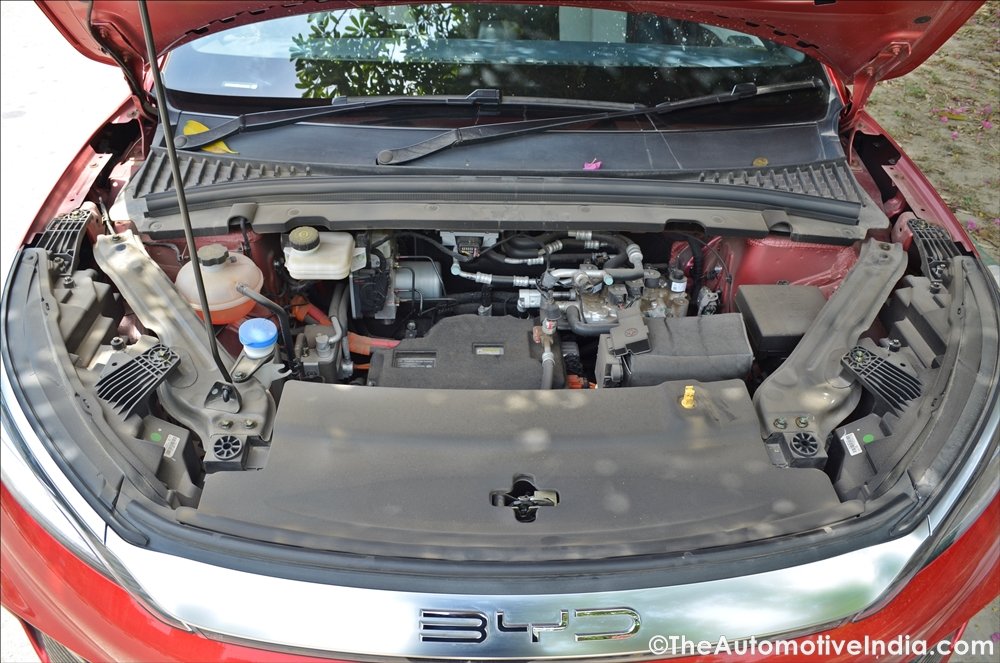



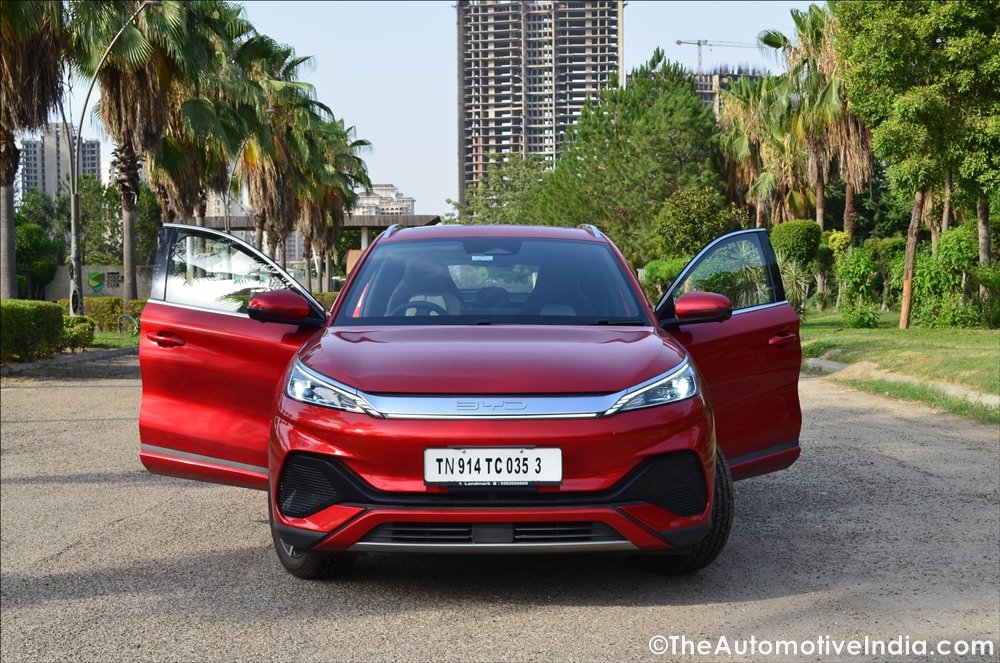
![Thumbs Up [thumbsup] [thumbsup]](https://www.theautomotiveindia.com/forums/images/smilies/Thumbs%20Up.png)
![Thumbs Down [thumbsdown] [thumbsdown]](https://www.theautomotiveindia.com/forums/images/smilies/Thumbs%20Down.gif)





